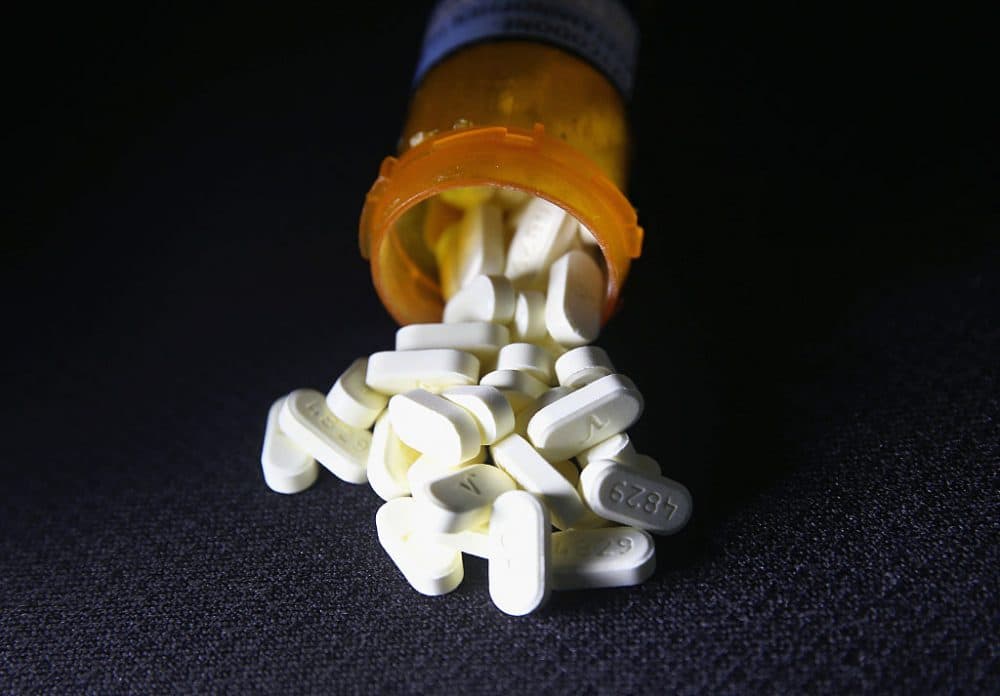Advertisement
Medical Students Want Better Training On How To Treat Opioid Addiction

Medical students are complaining that they’re not getting adequate training on how to safely prescribe opioid painkillers or how to treat patients with opioid addiction. About 28,000 people in the United States died from an opioid overdose in 2014, and half of those deaths involved medication prescribed by a doctor.
STAT reporter Melissa Bailey talks to Here & Now’s Robin Young about the call for medical schools to do a better job preparing doctors to deal with this problem.
Guest
- Melissa Bailey, reporter covering Boston's Longwood Medical Area for STAT. She tweets @mmbaily.
This segment aired on May 18, 2016.